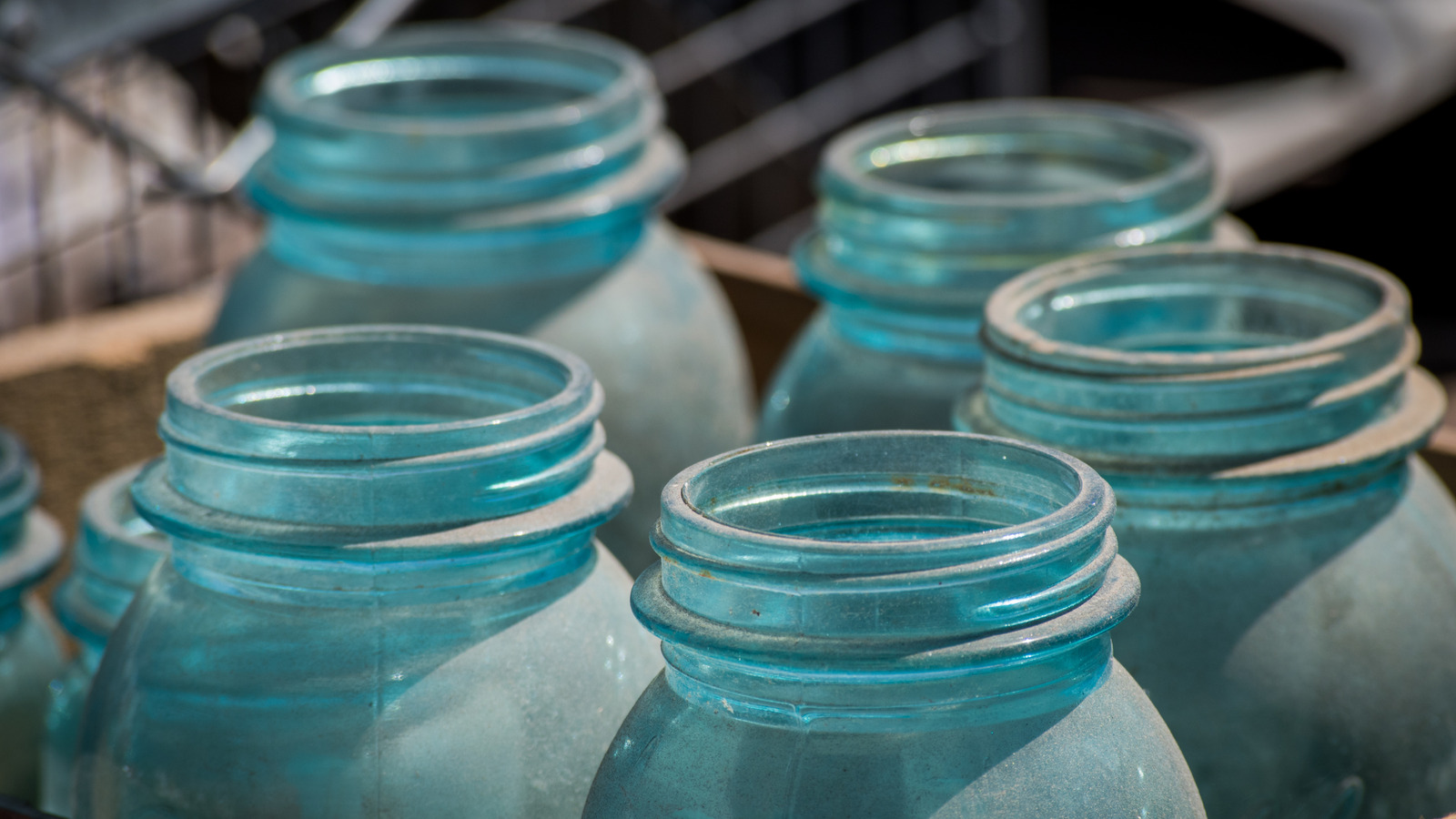
"From Kerr and Ball mason jars to the valuable brand of Atlas jars - many vintage canning glasses are popular not just as kitchen decor items, but as true collectibles. A good rule of thumb is that the older the jar, the more valuable it is. Having said that, not every "vintage" jar you come across is the real deal, and fewer still are worth serious money."
"The first step is to look for signs of age, such as scratches or worn out bases. Another reliable way to date a jar is by examining the logo. Manufacturers have updated their logos multiple times, and each version is a strong clue to the decade it was made. For instance, the Ball logo appeared in plain block letters from 1880 to 1890, before shifting to the now-famous cursive script."
"Among authentic vintage jars, anything that sets one apart usually adds to its value. For example, most were made in standard quart, pint, or jelly sizes, so anything larger is often worth more. The same can be said of any telltale signs of hand-blown or primitive manufacturing methods. Bubbles in the glass or stretch marks near the base point to manual shaping, and slight asymmetry in the mouth or body re"
Vintage canning jars vary widely in value, with older and rarer originals generally commanding higher prices. Physical signs of age include scratches, worn bases, bubbles, stretch marks, and slight asymmetry that point to hand-made or early manufacturing methods. Logos and embossed words provide reliable dating clues because manufacturers updated lettering and used descriptive terms across different decades. Uncommon sizes, larger formats, and rare colors increase desirability. Careful inspection of condition, logos, embossing, and manufacturing evidence helps differentiate valuable originals from reproductions and avoid overpaying at markets or sales.
Read at Tasting Table
Unable to calculate read time
Collection
[
|
...
]